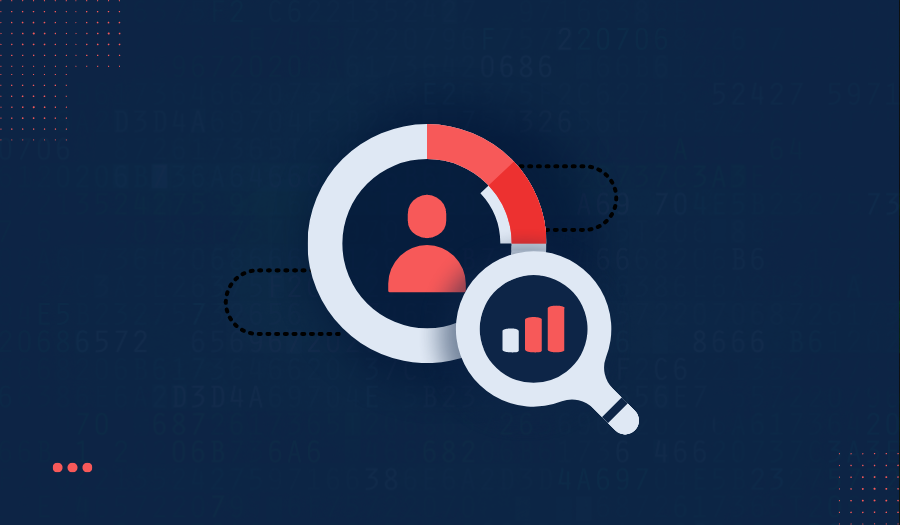The 26 billion record data leak and how you should protect your data
A database containing a massive 26 billion leaked data records has been identified, involving the world’s most well-known companies as well as some U.S. and other government organisations.
Summary of the 26 billion record data leak
This leak, dubbed the "mother of all breaches", is one of the largest to date, encompassing 12 terabytes of data. Here’s what you need to know.
- The massive data leak discovered contains 26 billion records, involving major platforms like Dropbox, LinkedIn, Twitter, Tencent, Weibo, Adobe, Canva, and Telegram, plus U.S. and other government organisations.
- The leak size is 12 terabytes -- one of the largest known breaches.
- The leaked data includes usernames and password combinations.
- The data is discovered on an open storage instance and is likely compiled by malicious actors or data brokers.
A silver lining in this data breach is that most of the data doesn't seem to be new. According to the researchers, it largely consists of compiled records from numerous past breaches and leaks. Nonetheless, the researchers have expressed serious concerns, stating that this breach poses a significant threat and could potentially lead to a surge in cybercrime.
How to shield your accounts from unauthorised intrusions?
To reduce the risk of falling victim to cybercrimes related to this data leak, follow these 8 best practices and enhance your overall security.
-
Change your passwords
Regularly update your passwords, especially for accounts that might be affected by the leak. Use strong, unique passwords for each account. -
Update security questions
If you use security questions for account recovery, make sure they are not easily guessable and are unique to each account. -
Secure your devices
Ensure that your personal devices are protected with passwords or biometric security measures, and keep your operating system and software updated. -
Enable multi-factor authentication (MFA)
Wherever possible, activate MFA. This adds an extra layer of security to your accounts, as accessing your account requires both your password and a second factor, such as a code sent to your phone. -
Beware of phishing attempts
Phishing is the most common starting point of cyber attacks. Be cautious of suspicious emails or messages that ask for personal information or direct you to questionable websites. -
Check for breaches
Utilise services like a dark web monitoring tool to check if your email or other personal details have been part of previous data leaks. -
Educate your users
This involves regularly training your users on the evolving cyber risks, such as malware, security vulnerabilities and other new types of cybercrimes. Education and training help users stay informed about the latest cybersecurity threats and best practices. -
Regular backups
Data is the most valuable asset of an organisation. Make sure you perform regular backups of important data to an external drive or cloud service.
To fortify your defences against unpredictable data leaks, prevention is always better than cure! Get in touch with us today and try out our 14-day free trial.

.png)
